Imagine a world where every child is safe – where discipline never turns into abuse, where schools are true sanctuaries, and where no child suffers in silence. While that might sound idealistic, India’s legal framework for child protection is evolving to make this vision a reality.
But are these laws enough? Who is responsible when safety fails – parents, schools, or society? To untangle these questions, we spoke with lawyer Shreya Sharma, who breaks down legal protections, school responsibilities, and the urgent need for collective action.
Table of contents [Show]
- Redefining Abuse: Beyond the Physical
- Schools as Safe Spaces: A Legal Duty
- The Grey Area of Discipline vs. Abuse
- The Forgotten Children: Street Kids and Adoption Laws
- How can society help?
- Reporting Child Abuse: A Legal Obligation
- Legal Protections for Single Mothers and Custody Cases
- It Takes a Village
- Shreya Sharma: Revolutionising Legal Accessibility
Redefining Abuse: Beyond the Physical
Child abuse is no longer just about bruises or broken bones—it can be invisible yet just as damaging. “Abuse is not just about hitting a child,” Shreya explains. “It includes physical, sexual, emotional abuse, and even neglect.” India’s Protection of Children from Sexual Offences (POCSO) Act has expanded the definition of abuse, ensuring that everything from inappropriate touch to emotional manipulation is taken seriously. The Juvenile Justice Act goes even further, treating verbal or psychological cruelty as a punishable offence.
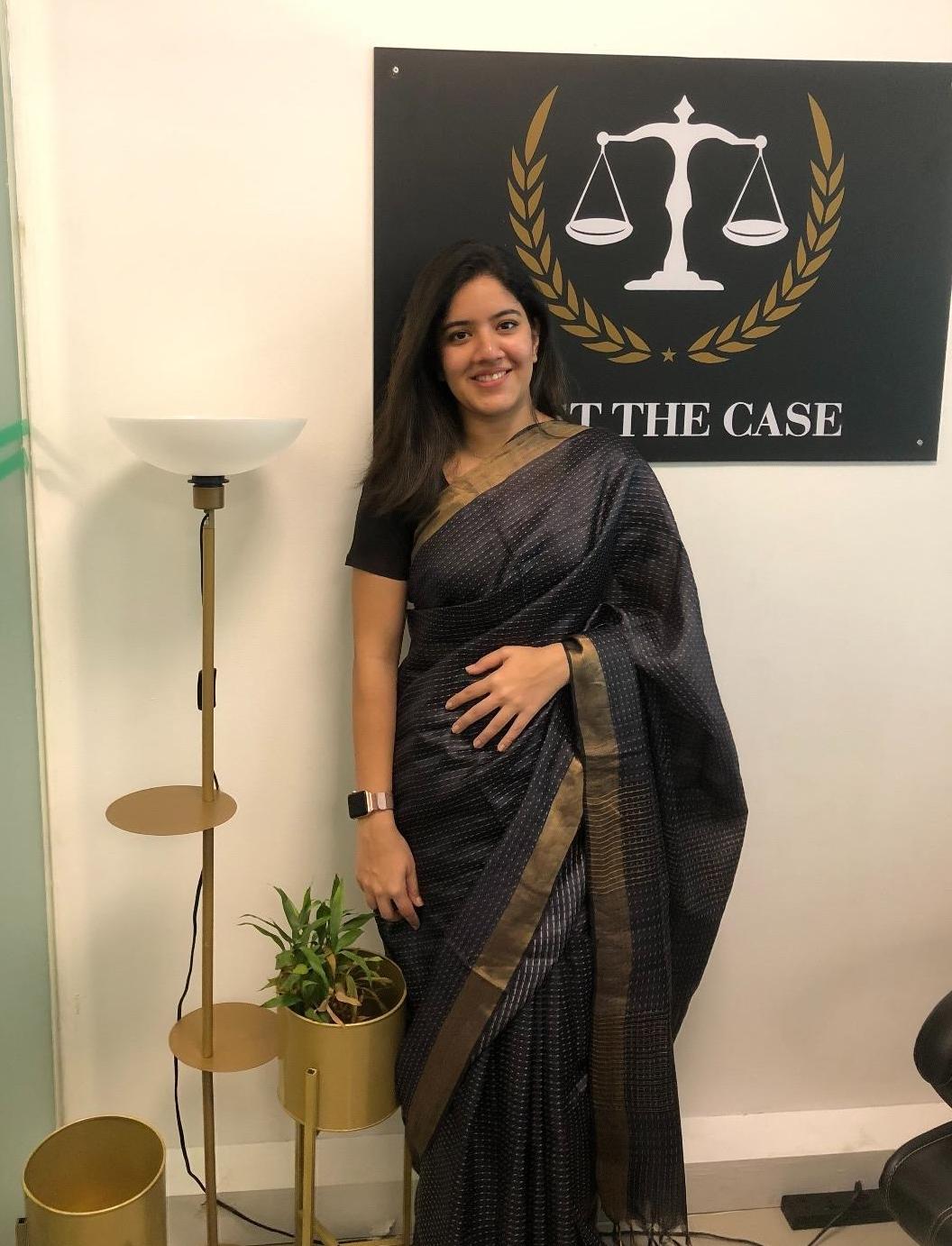
Often, children don’t even realize they’re being abused – especially when the perpetrator is someone they trust. “That’s why parental awareness is crucial,” Shreya adds. Behavioural changes – withdrawal, fear, or aggression – can be silent cries for help.
Schools as Safe Spaces: A Legal Duty
A school isn’t just a place of learning – it’s legally responsible for a child’s safety the moment they step inside. Under the Right to Education (RTE) Act, schools must:
- Implement child protection policies
- Conduct background checks on staff
- Establish internal safety committees
- Install security measures like CCTV cameras
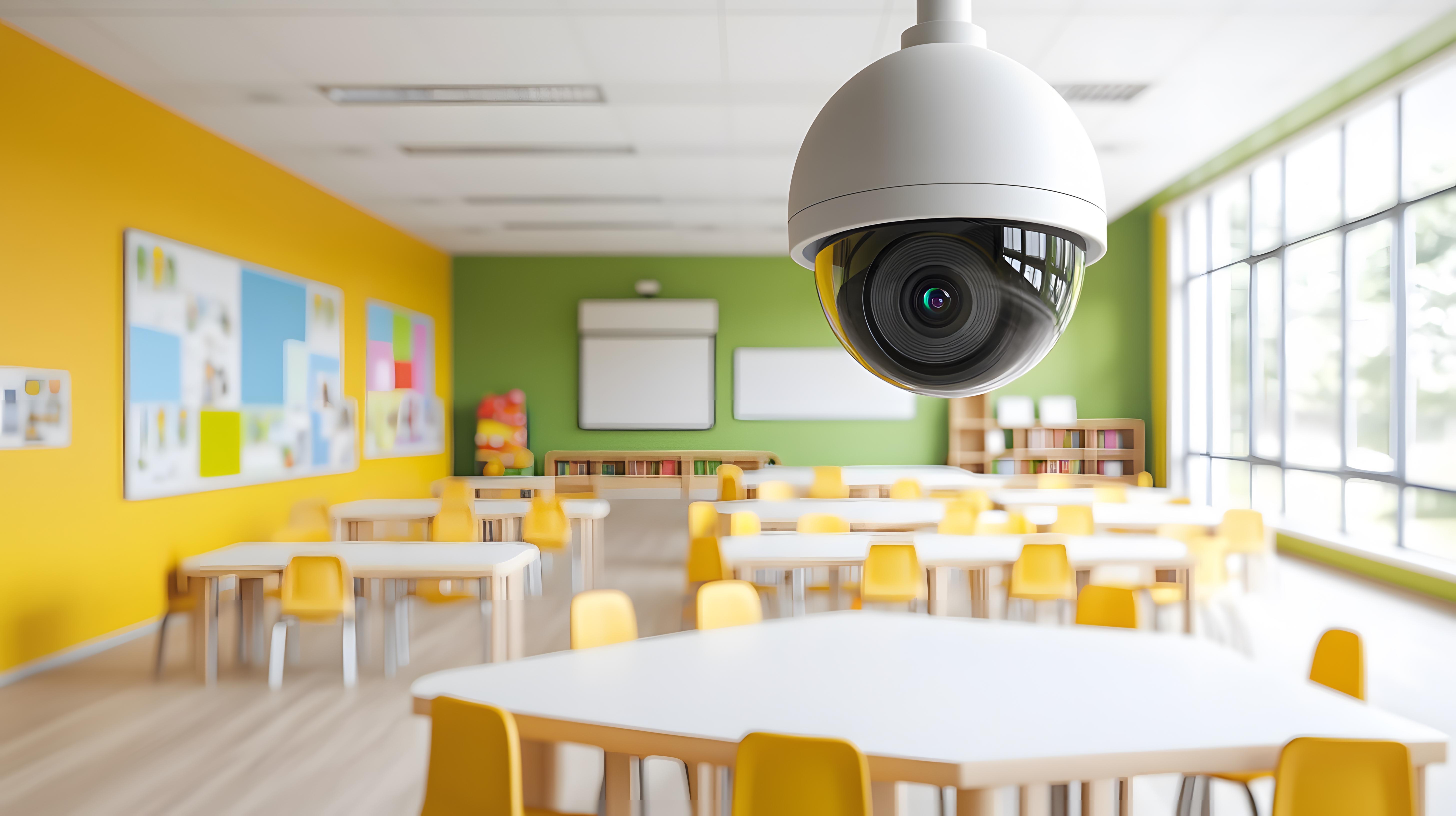
But are these rules being followed? In one tragic incident, a child was murdered in a school washroom. “This case forced authorities to impose stricter security norms, from CCTV surveillance to mandatory good-touch, bad-touch awareness programs,” Shreya says. Parents, too, can hold schools accountable. “When enrolling your child, ask about the school’s safety measures. You’re within your rights to ensure your child is in a secure environment,” she advises. With increasing reports of bullying, ragging, and even violent incidents in schools, parents are concerned about the safety measures educational institutions must follow.
Parents also have the right to demand school safety compliance reports before enrolling their children. “If a school fails in its duty of care, parents can escalate complaints to the State Child Rights Commission,” Shreya adds.
There was a case in Tamil Nadu where the Supreme Court ruled that corporal punishment in schools is also illegal, so if your teacher is hitting you or even if your parent is hitting you, you can say that this is not okay. In India, the line between discipline and abuse is often blurred. A pat on the head or light physical contact may seem harmless, but it’s crucial to recognize when such actions cross the line into harmful behaviour. This is a recurring concern in child protection laws.
There is no denying the legal obligation to report child abuse. Reporting under the POCSO ACT, you are supposed to tell the local police where you can call, and you can say that this is happening. This reporting brings in a legal obligation. The onus of responsibility is a big thing. Say when a child is in school. During school hours, the institution bears full legal responsibility for the child’s safety. This is integrated into the RTE (Right to Education) Act, which mandates that the child in school is the school's responsibility for those hours. The school must implement child protection policies, conduct a staff background check, and establish internal committees. On the other hand, there is another regulatory committee, PTA, formed by parents and teachers for the child’s security or to educate the child on good and bad touch.
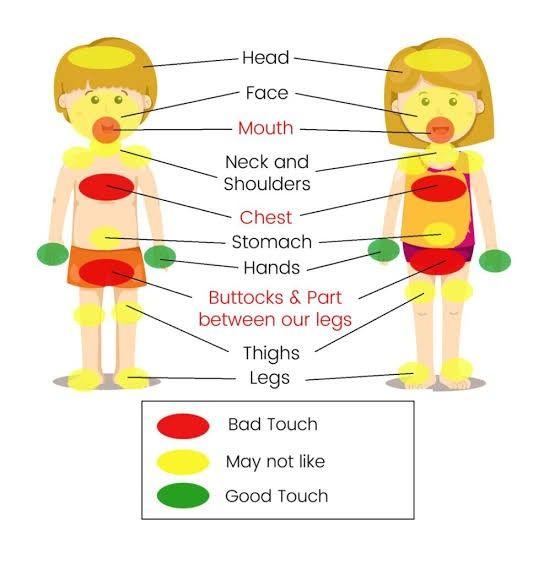
The POCSO Act, on the other hand, is a gender-neutral law that criminalizes all forms of sexual abuse that has happened to a child. They have special mandates, codes, and stricter punishments for any offences under the POCSO Act. The gender-neutral part is that the law applies to everyone below 8 years old, irrespective of gender binaries. It includes offences from penetrative sexual assault to non-penetrative sexual assault, like just touching private parts, forcing a child to do something or using the child for pornographic purposes. As broad as the scope of this act is, the punishment becomes even more exhaustive and grave; it becomes graver if you are a person who is of trust or authority to that child, and your punishment becomes even stricter. However, the POCSO Act in itself is a very child-friendly procedure. So, in the courts, you have permission to go with a person to support you. Whoever you trust, you go with that person. Also, they don't ask questions more than once, or as they ask you a question once, you answer that the child answers that question or doesn't want to answer that question; it is that simple. Multiple statements and repeated statements are not part of this court. There's also no direct contact with the person who is accused. So, the abuser is not part of this trial. There's no contact between the child and the abuser at all. They don't ask them anything or try to cross-examine.
The best help they can be offered is to be heard when and whenever they want, and these courts particularly try to do that.
The Grey Area of Discipline vs. Abuse
“There’s a very thin line between disciplining a child and abuse,” Shreya emphasizes. Even under the Juvenile Justice Act, even cruelty is a punishable offense. While cultural norms often justify spanking as a “lesson,” Indian law is clear—corporal punishment, whether at home or school, is illegal. “A child has the right to say, ‘This is not okay.’ Parents must rethink outdated disciplinary methods and adopt more constructive ways to guide their children.”
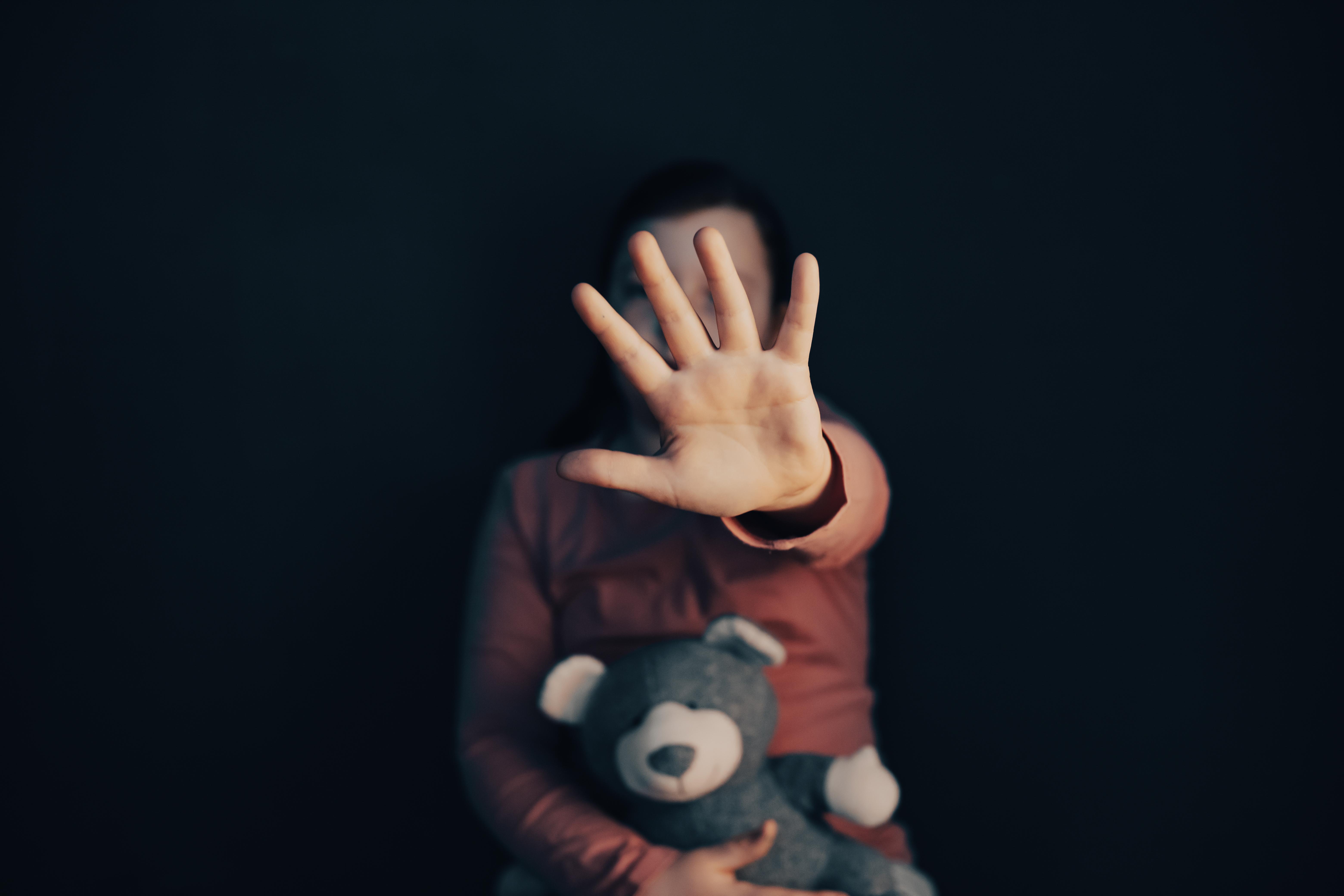
Under the Guardian and Wards Act of 1890, the courts prioritise a child's welfare in custody cases. This act is tailor-made to see that the child is taken care of. Although the Hindu minority and guardianship act favours the mother for custody of young children, both parents are responsible. So, whatever safety-related issues arise, it will be the responsibility of both parents. Even so, domestic violence laws also protect the child. For example, suppose the parents have gotten a divorce, and the child has faced domestic violence from the former spouse. In that case, the domestic violence laws protect the child still because that former spouse is also then responsible for how the child is treated. Be with either the father or the mother.
The impact of abuse is far-reaching, from early childhood through the abusive situation and in the aftermath.
The Forgotten Children: Street Kids and Adoption Laws
India has millions of street children – many at risk of trafficking, labour, and abuse. While the Juvenile Justice Act mandates their rehabilitation through shelter homes and education programs, implementation remains a challenge.
The Juvenile Justice Act mandates the rehabilitation of street children through shelter homes, foster care or even sponsorship schemes and plenty of NGOs are in place just for that because even the National Child Labour Project rehabilitates children who are forced into labour – it saves them, teaches them, educates them. A rescue operation rehabilitated more than 300 child beggars who were then taken under the care of the district child protection unit and enrolled in government schools with sponsorship for education. Similar support systems and legal protections exist for families who take in abandoned kids. Temporary care is available through childcare institutions regulated under the Juvenile Justice Act, where you can temporarily look after a child; at a certain age, you look after a child, and then after that, that child is on its own. So, there are ways, such as government regulation or law regulation, where you can foster a child in your protection. So, they do a background verification and check who is fostering and the reason for fostering that kind of thing, but it's very doable and possible.
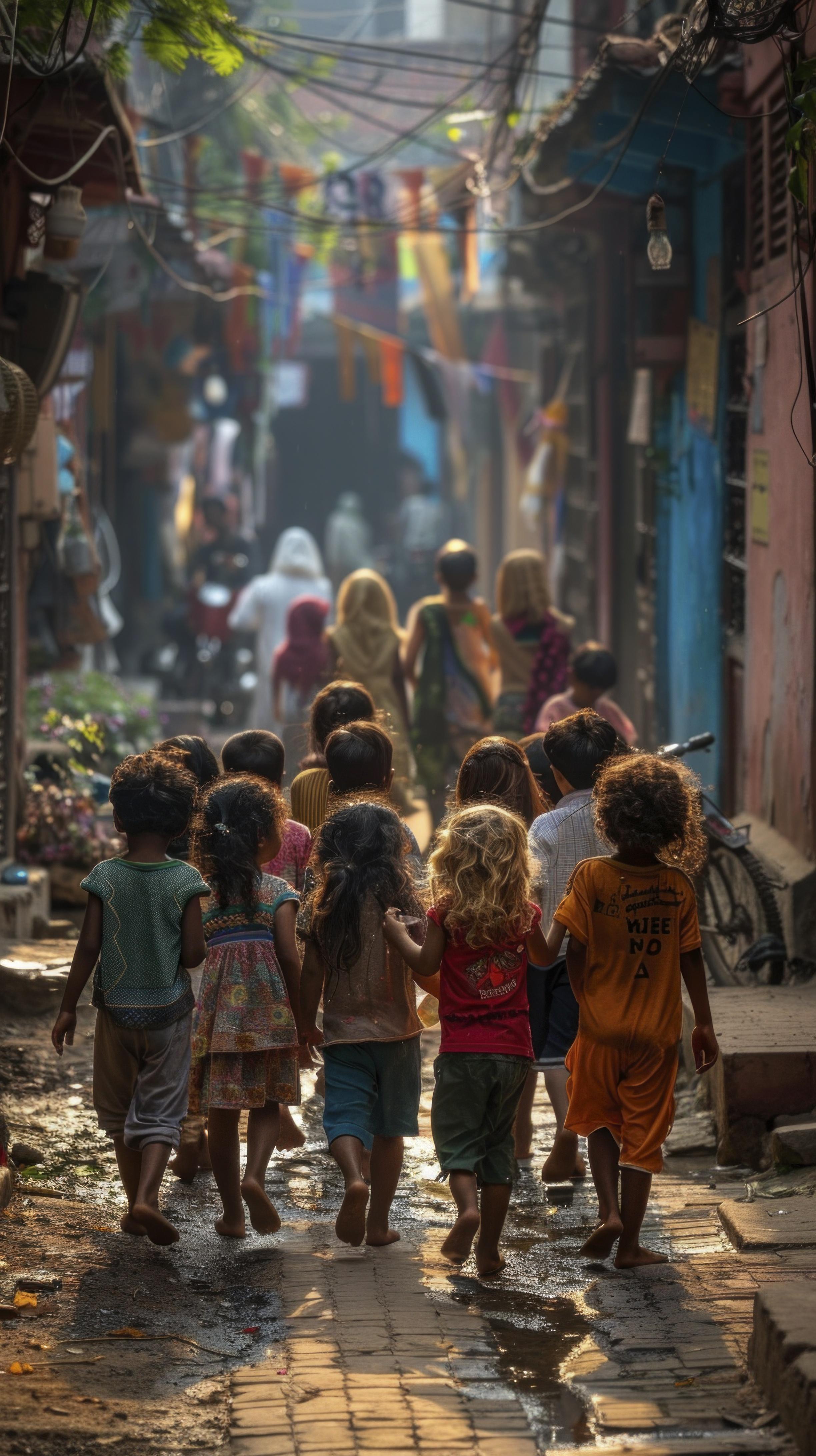
To prevent malpractice, all legal adoptions must go through CARA to prevent trafficking and illegal practices.
For families looking to adopt, the only legal route is through the Central Adoption Resource Authority (CARA). “Be wary of illegal adoption scams,” warns Shreya. In a recent case, an Instagram page posted pictures of babies for adoption, bypassing legal procedures. Fortunately, alert citizens reported the page, preventing potential trafficking incidents. CARA ensures that every adoption goes through thorough background checks to protect children from being trafficked under the guise of adoption.
How can society help?
The sight of homeless children exposed to exploitation is deeply distressing. Shreya highlights how the Juvenile Justice Act mandates the rehabilitation of such children through:
- Shelter homes
- Foster care
- Sponsorship schemes
Additionally, the National Child Labour Project helps rescue children forced into labour and provides them with education and support. Concerned citizens can report child exploitation to the police, ensuring these children receive necessary care and rehabilitation. A notable success story under this act was a rescue operation rehabilitating over 300 child beggars, enrolling them in schools and providing educational sponsorships.
Reporting Child Abuse: A Legal Obligation
A major concern in child protection is that children often do not understand they are being abused. This raises an important question—what role can society play in ensuring their safety?
According to Shreya, under POCSO, there is a legal obligation for individuals to report child abuse if they witness it. If you’ve seen or noticed abuse, you must report it—failing can result in legal penalties.” Several government helpline numbers and local police stations are available to take complaints, ensuring swift action is taken against perpetrators.

Over the years, child protection laws have evolved significantly to cover not just physical abuse but also emotional, sexual, and even neglect-based harm. Shreya explains that abuse isn't limited to hitting a child—it includes verbal and emotional cruelty, negligence, and any form of inappropriate physical touch. One of the most crucial laws in this area is the Protection of Children from Sexual Offenses (POCSO) Act. This legislation classifies various forms of sexual abuse, including non-penetrative assault and the use of children for pornographic purposes. The Juvenile Justice Act also criminalizes cruelty against children, ensuring that even continuous emotional abuse or verbal harassment is taken seriously.
Legal Protections for Single Mothers and Custody Cases
For single mothers or separated parents, child custody laws ensure the child's best interests come first. The Guardian and Wards Act of 1890 and the Hindu Minority and Guardianship Act typically grant custody of young children to the mother. Still, both parents remain legally responsible for the child’s well-being. Additionally, domestic violence laws protect children, ensuring that even if the parents are divorced, the child is safeguarded from an abusive parent.
It Takes a Village
Under the POCSO Act, reporting suspected child abuse is not just a moral duty—it’s a legal obligation, and failure to do so can result in penalties. Emergency helplines and local police are equipped to handle such cases sensitively, ensuring the child’s well-being comes first.
A Shared Responsibility
Child protection isn’t just a parent’s responsibility – it’s a collective duty. Schools, communities, and legal systems must work together to ensure no child suffers in silence. “The laws are there, but awareness and implementation are key,” Shreya says.
As parents, being informed and proactive can make all the difference. What can you do?
- Question school safety policies before enrolling your child
- Recognize signs of abuse and report concerns
- Demand stricter implementations of child protection laws
The POSCO Act makes reporting suspected child abuse not just a moral duty but a legal requirement. Ignoring it can result in penalties. “Awareness and vigilance are key,” Shreya stresses. As a mother preparing to enrol her daughter in school, Sharannya, the interviewer, furthered, “This conversation has given me the knowledge to check schools for safety policies before admission.” Shreya emphasizes that awareness and vigilance are key. “Every child deserves to be safe.” Laws alone can’t protect children – our vigilance and action can.
Shreya Sharma: Revolutionising Legal Accessibility
A lawyer, mediator, TEDx speaker, and Harvard & Cardiff University alumna, Shreya Sharma founded Rest The Case at just 21 to bridge the gap between courts and people. Her award-winning platform ensures trusted legal support through verified lawyers, making legal help more accessible.
Honored with the India 5000 Women Achiever Award (2021), Shreya believes, "Success isn’t just about ideas; it’s about the right team to bring them to life." Her journey is a testament to innovation and perseverance in the legal space.

Every child deserves a safe and protected environment. If you witness or suspect child abuse, don’t stay silent—speak up and take action.
For immediate assistance, reach out to these helplines:
📞 Childline 1098 – 24/7 helpline for children in distress
📞 Women’s Helpline 181 – Support for women and children facing abuse
📞 Police Emergency 100 – Report urgent threats to safety
📞 National Commission for Protection of Child Rights (NCPCR) 1800-121-2835 | 011-23724027 – Legal and welfare support
Let’s work together to create a safer world for our children. Share, educate, and take a stand.




 Guiding and Empowering Parents with fact-checked excellence -
Guiding and Empowering Parents with fact-checked excellence -